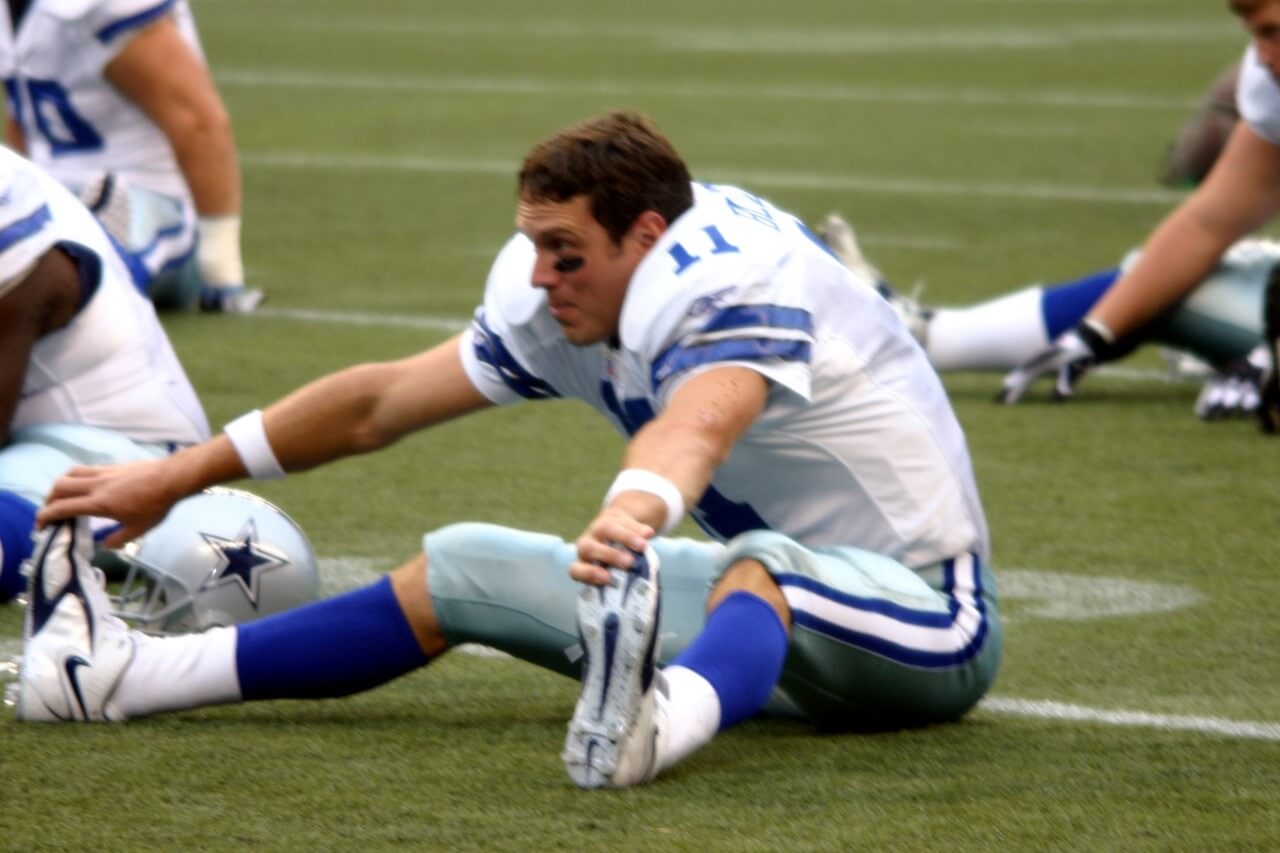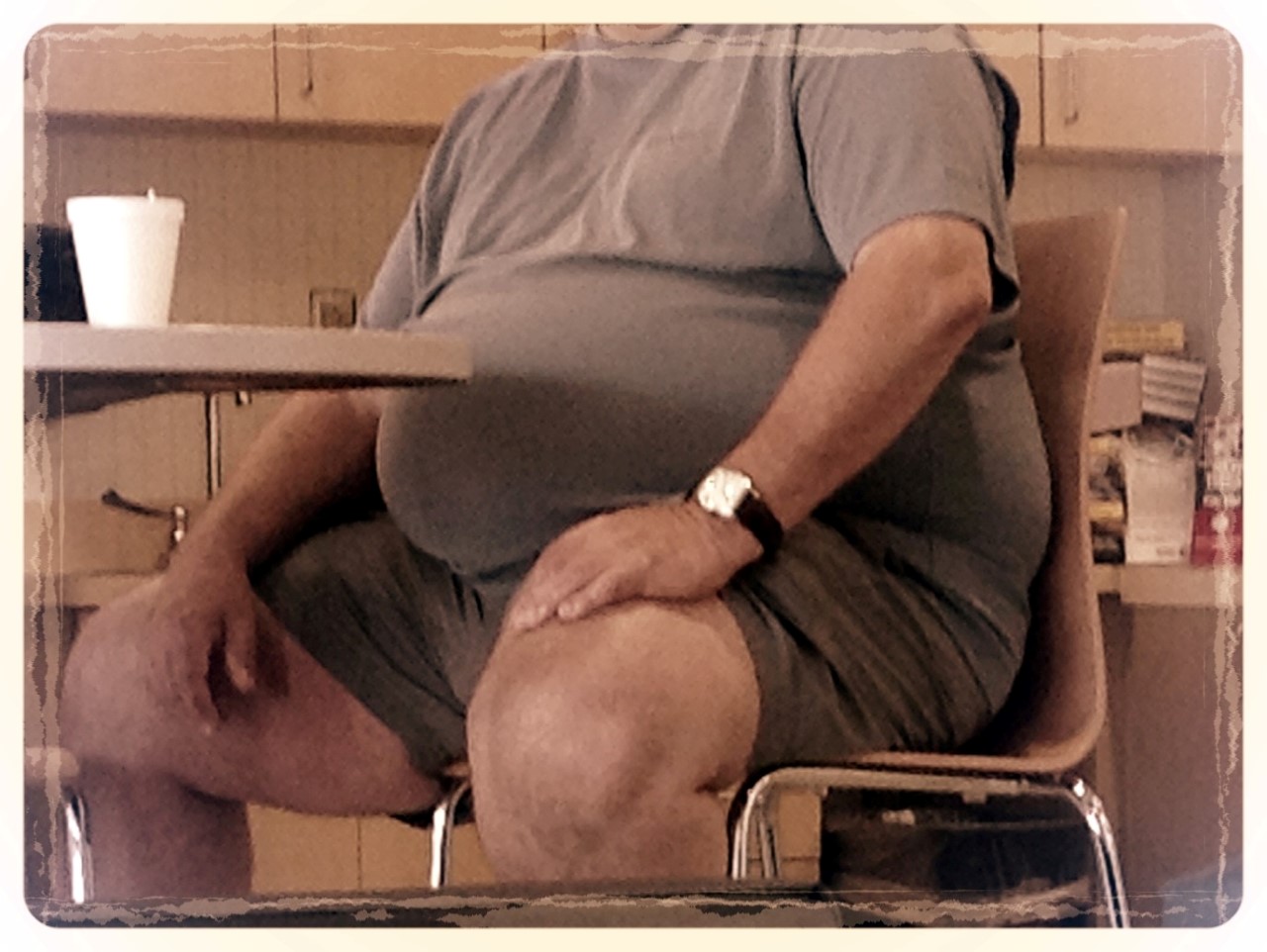More is fun but not always better. Too much information from too many folks. Who do you trust? What should you do? Time to put your worries to bed. It is time the truth came front and center for all to see and know. Today is part one of an ongoing series which will address common fitness and performance misconcpetions, myths and downright lies.

Myth 1- Stretching is best done before working out
Truth - Traditional stretching is not the best way to warm-up and may actually hinder certain abilities.
Before we get any more in depth on the topic let's make sure we are on the same page. When I say stretching I am referring to the term "static stretching" which is commonly used by most folks who want to "loosen up" before activity. The term static stretching refers to holding a fixed position of tension for a certain length of time. More times than not these stretches are held from anywhere from 10-60 seconds. The more common ones we see are low back and hamstring stretching where the individual flexes forward in attempts to loosen up the back and hamstrings. We like this type of stretching because it feels good, we feel more loose and it's what we know; but just because it feels good doesn't mean it's the best option.
This spring researches completed a comprehensive literature review of 104 previous studies examining the effects of pre-exercise static stretching. Results of the review concluded that static stretching had immediate negative effects on strength, power and explosive performance, with longer duration stretching having the largest decreases. Furthermore they concluded that the "use of static stretching as the sole activity during warm-up routine should generally be avoided." Additionally, in a seperate literature review authors concluded that contrary to common belief "static stretching does not decrease overall injury rates."
So past research has indicated that static stretching is not the way to warm-up. But what exactly do we mean by stretching anyways? A stretch is any movement that creates length, or lengthens something. This means when I perform a lunge I am stretching, a pushup-stretching, sprinting, skipping, jumping, walking....you got it, I am stretching. Telling someone your warm-up is composed of stretching is like telling someone your dinner is composed of food. Of course it is! Every movement you perform invloves some type of stretch of the tissues of the body. Confused yet? don't be here's what you should be doing.
When choosing what to include in a warm-up understanding the purpose of the warmup and the demands of the upcoming activity should be your guide. A helpful warm-up should 1) make certain that your core temperature is elevated (you should be sweating after a proper warm-up) and 2) your body is prepared for the specific demands of the activity ahead.
Utilizing a dynamic warm-up has been adopted as the best way to warm-up. Like everything in life the name alone means nothing if the contents are lacking. The movements in a dynamic warm-up can be as diverse as the exercises in a workout, so just like not all exercises or workouts are created equal neither is a warm-up. Our dynamic approach to warming-up and preparing for the training session ahead are as follows:
- Should begin with soft tissue work (foam, rolling, lacrosse ball, etc.)
- Progress from ground-based to standing
- Single joints to multiple joints
- Should address mobility issues of the ankle, hip and thoracic spine
- Should address stability issues in the hips, low back and shoulders
- Should raise body temperature
Here's a look a look at our dynamic warm-up in action:
{videobox}IyNuVGIQoD4{/videobox}
The take home point:
There are many proposed theories why static stretching may have negative effects on acute performance but for our purposes lets just understand that if I do a lot of it before I train you very well may be limiting yourself that day perfromance wise. If it feels good then a little static stretching before your training session will not destroy your progress. Just make sure that you are hitting the areas you know are always tight for 10-30 seconds and then move-on to dynamic movements which will better prepare your body to perform at a high level.
If you can't live without static stretching utilize it as part of your cool down after the workout and focus on breathing into the stretch rather than mindlessly just holding it.
Myth 2- Lifting weights will make a women bulky
Truth- Weightlifitng will you give you curves in all the right places.
This one always gets me riled up. Last time I checked most women yearn for developing serious curves in all of the right places. What do you think develops these curves???? Women often get worried that if they try to actually get strong and lift heavy weights they will wake up looking like me, minus the beard (hopefully). So in this fear they end up focusing on exercises and types of activities that they think will make them more toned and burn the most calories, but in reality do very little to change the way they look.
If you are a female you should and need to be lifting weights and heavy ones at that. Why?
- Increased metabolism- You want to burn more calories throughout the day, right? Resistance exercise promotes an elevated metabolism for up to 48 hours after the workout.
- Increased muscle defeniton (tone) - Please refer to this article if you are confused about muscle toning. The muscle will display more tone or firmness when it needs to contract really hard and 5 pound dumbbells or body weight lunges do not make the muscles contract nearly hard enough. Heavy strength training does. Your body will adapt or transform when it has been forced to do so but never before then. Tone comes from tension.
- Increased strength and function- Don't tell me you don't want to be stronger. The only people who have ever told they don't want to be stronger have neve been strong themselves and do not understand the empowerment of building strength and function.

But Jeff I don't want to have legs like yours. First things first, I have been lifting consistenly since I was 14 and if you think I simply just showed up and packed on the muscle you are in a fantasy world. As a female you have a three significant disadvantages which make it more difficut to add muscle even if that was (which it shoud be) your goal.
- Hormones- You are not a man and do not produce nearly as much testosterone, the primary muscle building hormone in the body, so right away being female makes it significantly harder to "bulk up." Even women who are trying to add muscle and size to their frames do so at a much slower rate than a male.
- Calorie Intake- You can lift all the weights in the world but if you do not eat enough calories you will not grow. As it is most females concerend with their figure are already on some type of restricitve diet or are at least not actively trying to eat more calories everyday. You will not get bigger if you do not eat to get bigger.
- You don't produce enough force- Muscle fibers grow larger after they are exposed to high levels of metabolic stress at high intensities. This means you need to push yourself past the point of just mild discomfort to add muscle. Many females just don't embrace the "no pain no gain" mentality and to gain real bulk you're more than likely going to embrace a little pain and discomfort.
Take home point:
Building muscle is hard, really hard. Men understand this and they even have the deck stacked in their favor. It is long-term process that takes patience, hard work and consistency. Even then many people fail to gain much size. If you are a women the last thing you need to worry about is gaining bulk by lifting weights. If it were that easy and simple every male would be walking around looking like the Incredible Hulk.
Myth 3- Muscle can turn into fat and fat can turn into muscle
Truth- This is not possible as fat and muscle are different types of tissues
Fat is nothing like muscle and muscle tissue is nothing like fat. They are composed differently and perform seperate roles within the body. There can be no transformation of either.

Take home point:
You can lose or gain fat, you can lose or gain muscle, but you cannot change one into the other. Not now or ever! So please, please put this one to rest.
Okay three myths down only, 5,4567 to go.

